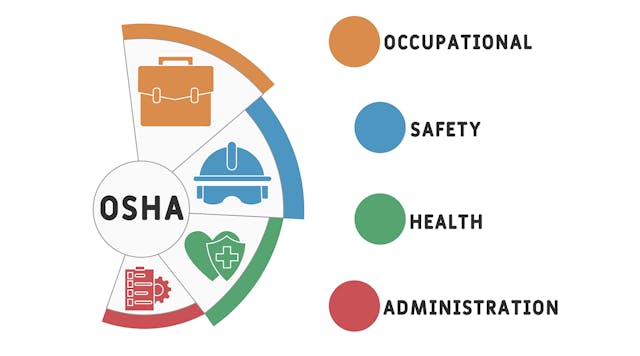Tools to Help Address Worker Fatigue
A study from the National Safety Council found that 13% of workplace injuries are attributed to fatigue.
And 43% of American workers say they sometimes are too tired to function safely at their job.
The cost of this was $136 billion annually in health-related lost productivity.
Workers who are fatigued might exhibit negative effects of fatigue, such as:
- Lacking energy to do their jobs safely or effectively.
- Having trouble paying attention or taking longer to react to what happens around them.
- Taking more risks that may lead to errors or injuries.
NIOSH notes that “researchers estimate that close to 1 in 8 of all workplace injuries may relate to fatigue.”
Factors that contribute to fatigue include:
- Performing prolonged physically or mentally demanding tasks.
- Following repetitive routines.
- Working in extreme temperatures.
- Feeling stress.
To help companies NSC has put together a comprehensive toolkit. Here are some of the components.
- Fatigue Cost Calculator
- Fatigue in the Workplace: Causes and Consequences
- Fatigue in Safety-Critical Industries
- Fatigue in the Workplace: Causes and Consequences
- Fatigue in Safety-critical Industries
Here are some Assessments
- Operational Fatigue Risk and Needs Assessment
- Signs and Symptoms Checklist
- Incident Report Questions
- The Role of Fatigue in Motor Vehicle Crashes
For further information see NSC Fatigue at Work Employer Toolkit










































































